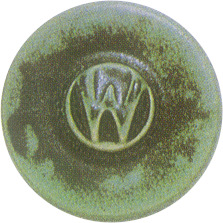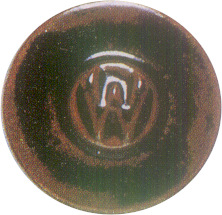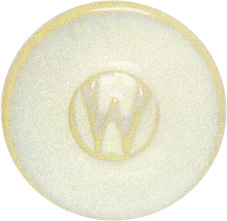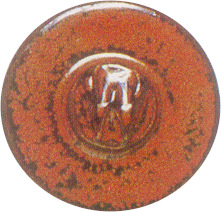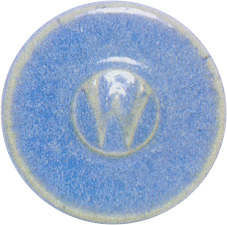Some types of glazes may release lead and other metallic compounds when attacked by certain acids – notably fruit juices, vinegar and alcohol. In order to reduce the solubility to acceptable limits we use frits which have a very low lead solubility to meet health requirements. However a ‘safe glaze’ can be made unsafe by the addition of even minor amounts of certain materials, notably copper. Some decorative glazes would fail a metal release test and should not be used on the inside of utility ware.
Cadmium Selenium glazes fall into this category and are discussed in the Earthenware Fritted Lead section. Note that the ‘safe’ glazes must be applied and fired under conventional conditions for them to be safe. The decision to use lead or lead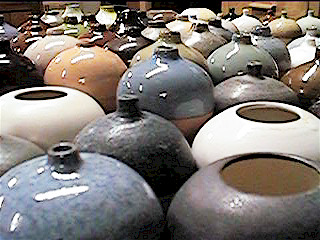 -free glazes, must nevertheless, rest finally with the potter. We recommend lead free glazes in any instance where the ware is intended for use with foods or beverages, especially so in oven-to-table or cooking ware. If any doubts are felt about either the glaze formulation, firing or the possibility of contamination or additions of such materials as copper compounds, etc., then the wiser choice would be to use only lead-free glazes, at least on the inside or areas in contact with food.
-free glazes, must nevertheless, rest finally with the potter. We recommend lead free glazes in any instance where the ware is intended for use with foods or beverages, especially so in oven-to-table or cooking ware. If any doubts are felt about either the glaze formulation, firing or the possibility of contamination or additions of such materials as copper compounds, etc., then the wiser choice would be to use only lead-free glazes, at least on the inside or areas in contact with food.
Most glazes are available in both Brush On or Powder form.
To view glaze application techniques refer to our fact sheet.
Glaze types:
The Glaze powders are packaged in 1 kg and 25 kg bags. The Brush On glazes are packaged in 500 mL & 1 litre containers. The specialist Ball Milled Dipping Glazes are packed in 10L buckets.
Earthenware Lead Free Glazes
These are specifically designed to be food and drink safe and there are a large number of colours and special effects to satisfy all tastes.
Earthenware Glazes Containing Fritted Lead (+2ppm)
Walker Ceramics manufacture an extensive range of Cesco earthenware glazes containing fritted lead for those potters wanting that special look.
We do not sell or use red and white lead in any of our glazes as it is a dangerous material. We use a lead bi-silicate frit which is a combination of materials melted together to render them insoluble and resistant to acid attack. Lead bi-silicate frit, therefore, is a means of introducing a material which would otherwise be toxic.
All others are non-toxic and food safe when applied and fired in the normal manner.
Stoneware & Midfire Glazes
All these glazes are very stable under both oxidizing and reducing conditions. Very many variations of colour and effects can be produced by using the different coloured and speckled bodies. All of the glazes are inter-mixable, allowing double dipping, mottling and pouring on or painting on of different glazes over or under another glaze. This gives an unlimited personal palette range. Underglaze or colours added to areas will give another palette of effects.
All of these glazes fire between 1280-1300°C.
- Copper Rust EVM6039
- Tenmoku EVG6045
- Mother of Pearl EVG6041
- Tomato Red EVG6091
- Hyacinth Blue EVG6093
Raku Glazes
Cesco have two Raku base glazes, available in both powder and liquid form.
Recipes for colours which can be mixed with our Clear (Product Code EQK5295) base glaze are available here.
The base glaze provide the potter with the opportunity to experiment with their own colour creation. A wide scope of colour variance can be obtained depending on the firing method. The delight of opening the kiln to discover the end result is enhanced when using the Raku bodies and glazes.
It is essential that the glazes be applied thickly and that the pots are allowed to dry completely prior to firing otherwise the intense heat of the firing will cause a sudden generation of steam which may shatter the pots.
To view the our range of glazes visit our Online Shop.

